Best Plants To Grow In Summer
01. Sweet Peas
Sweet Peas come in a vast array of colors and are highly fragrant. These plants tend to grow upwards of 5 feet tall, so setting them up near a wall or fence encourages this vertical type of growth.
Sweet Peas are an annual which means you will need to plant new ones every year. Once they have flowered they produce seed pods, which you can use to start next year's harvest!
Sweet Peas Lighting Requirements: Keep your sweet pea in full sun or partial shade for the best growth!
Sweet Peas Water Requirements: Water your sweet pea deeply about once a week. These plants prefer consistently moist soil.
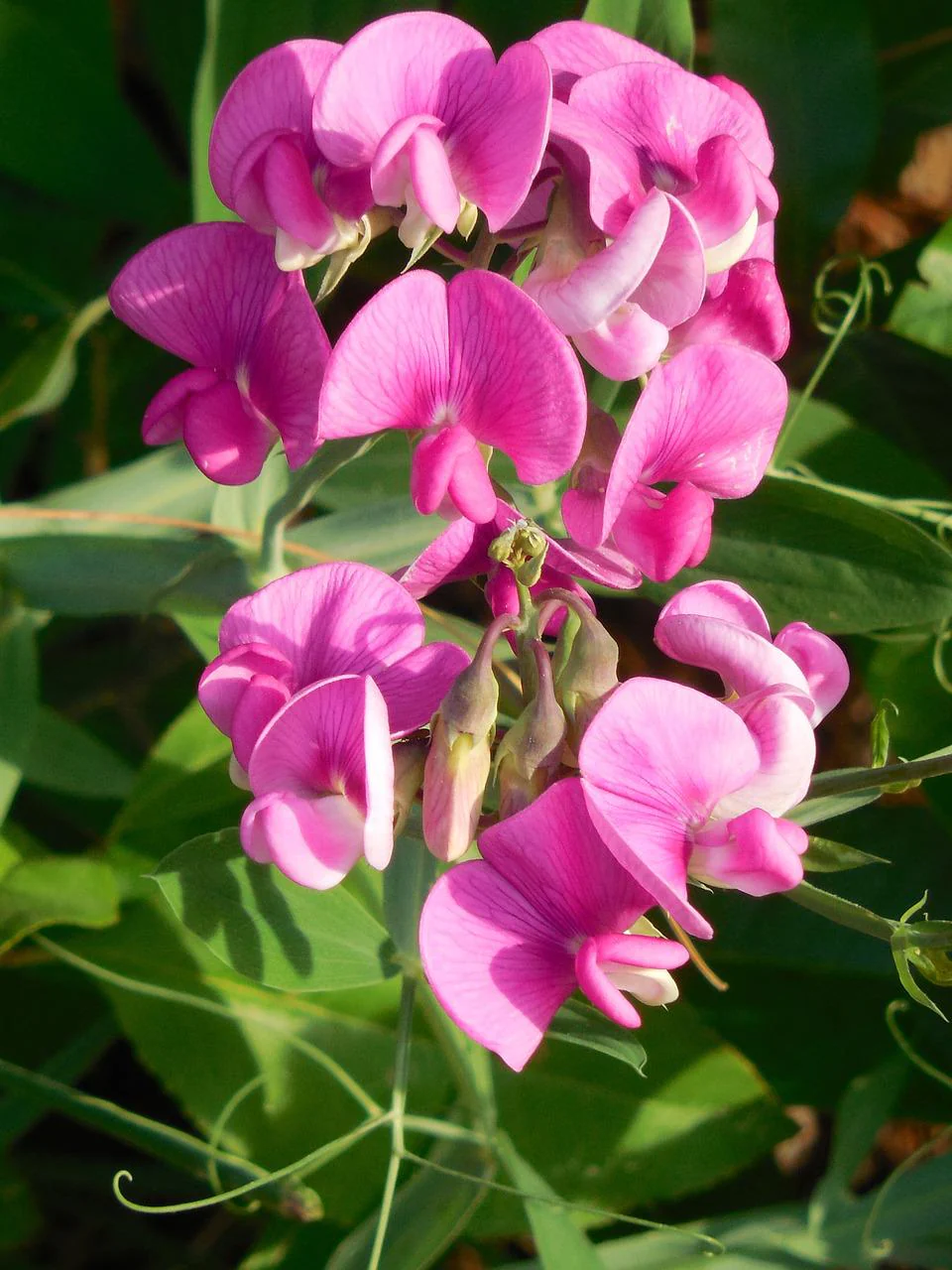
02. Roses
There’s a rose for every spot in your garden. Climbing, rambling, bush and standard roses all make a summer impact.
Climbing and rambling roses create an amazing splash of color on buildings, walls and garden structures such as pergolas or arches and the incredible scent will continue all summer long.
Roses Lighting Requirements: Roses grow best in full sun to partial shade. Check your specific species of rose for preferred sun exposure.
Roses Water Requirements: Water your roses once a week during growth season.
Rule of (Green) Thumb: Look out for repeat flowering roses for a longer display - these flower from June through to late fall
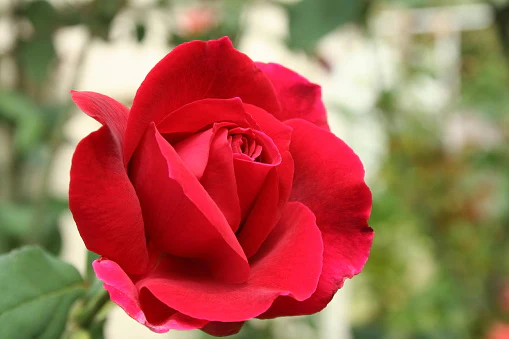
Related: How to Care For China Roses
03. Sunflowers
No summer garden would be complete with sunflowers. These brightly colored plants range in height from dwarf sunflowers right through to giant sunflowers which can reach heady heights of 10ft!
You may imagine the traditional single plate sized flower of a sunflower but there are so many varieties ranging in color and form. From bright red flowers to the pom pom shape of the Teddy Bear sunflower, there’s a sunflower for every taste and need!
Like sweet peas, sunflowers are annuals so new plants are needed each year. Avoid buying new plants by collecting the seeds (if you have any left after the birds have nibbled them) and start off on a sunny window sill in late spring.
Sunflowers Lighting Requirements: In order to grow tall and healthy, sunflowers prefer full sun.
Sunflower Water Requirements: Water your sunflowers once a week during growth season, using roughly an inch of water.
Fern's Leafy Learnings
Don’t be too quick to cut the heads off sunflowers - leave them in the garden for the birds. They love to pick out the seeds from the sunflower heads as a tasty treat!
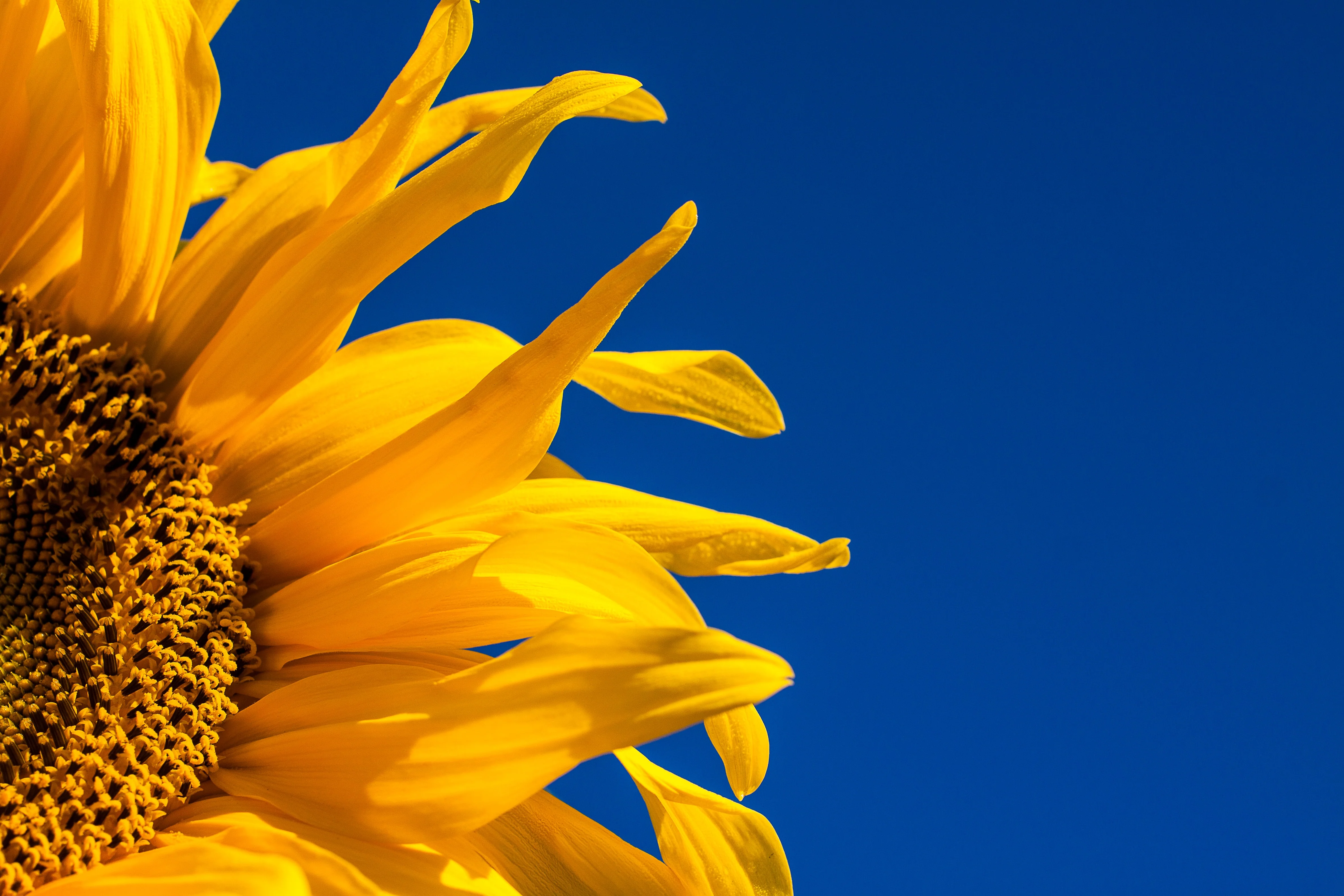
04. California Poppies
As the name suggests, California poppies are the official state flower of California, and are easy to grow! They range in color from dazzling orange to hot reds and sunshine yellow.
Californian poppies are a fantastic pollinator and an amazing plant if you have any empty spaces in the flower bed. They are often found growing wild and are considered a meadow flower. They also self seed so once you have a California poppy growing in your garden, you will have many more surprise plants for years to come.
California Poppies Lighting Requirements: California Poppies grow best in full sun, where they can receive at least six hours of sunlight.
California Poppies Water Requirements: Water your California poppies every three weeks using about an inch of water.
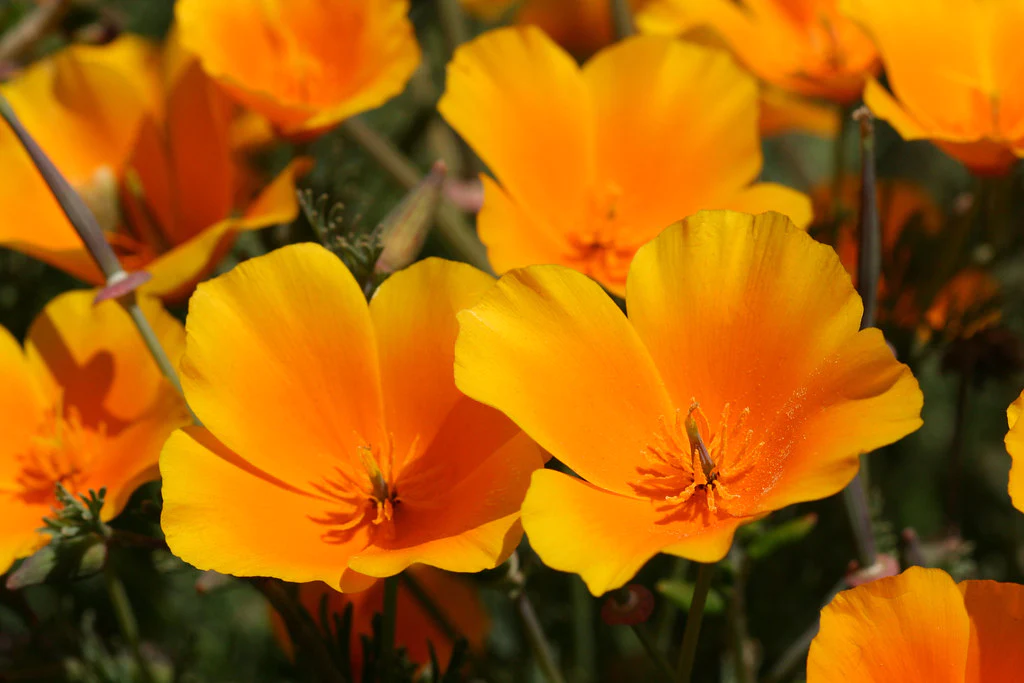
05. Lavender
Lavender boast a long flowering season and an incredible smell! There are now so many different varieties but what they all have in common is that they enjoy a dry and sandy soil so if you have a spot in your garden where the soil is not fantastic this would be the perfect home for them!
Lavender is often seen as difficult to grow and maintain as they can become quite bare and straggly as they age. In early fall prune the top ⅓ off and this will stop the lavender becoming leggy and woody and extend their life!
Lavender Lighting Requirements: Lavender grows best in full sun.
Lavender Water Requirements: Water your lavender once every two weeks during the growth season of spring and summer.
Fern's Leafy Learnings
When pruning, keep the cuttings and dry them in the house! Dried lavender smells beautiful and will remind you of the summer in the dark and dreary winter months!
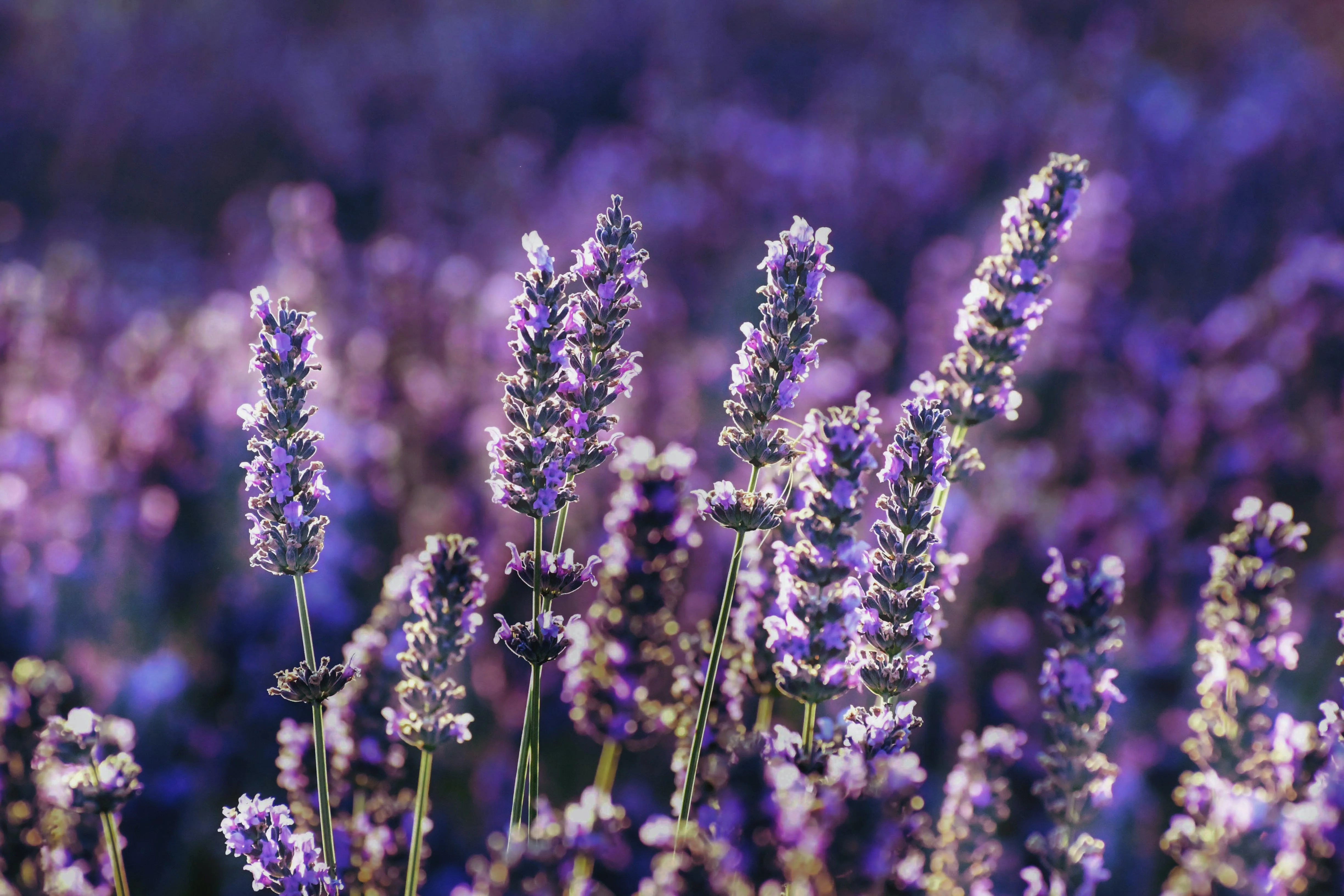
06. Yarrow
Yarrow, or Achillea as it is otherwise known, is a very versatile plant and comes in a range of bold or subtle colors. Their long feathery leaved stems can grow up to 20 inches and are topped with clusters of small flowers.
These are the perfect pollinator, and a favorite among bees and other insects.
Yarrow Lighting Requirements: Yarrow grows best in partial shade.
Yarrow Water Requirements: Yarrow are drought-tolerant plants and can go a few weeks without water. Water your Yarrow roughly every two weeks for the best growth.

07. Hydrangeas
There are nearly a hundred different types of hydrangea ranging in color and size - from bush hydrangeas to the climbing varieties! The large fluffy flower heads are held up by an upright stem forming a beautifully cloud-like mound.
Hydrangeas like a free draining and rich soil but as ‘hydra’ is part of their name they do like to be in a damper spot than most other plants. This isn’t to say that they want to be sat in water, the perfect place for a hydrangea would be in the corner of the garden where it will not be restricted and can grow to its heart’s content.
Hydrangeas Lighting Requirements: Hydrangeas grow best in full sun to partial shade.
Hydrangeas Water Requirements: Hydrangeas prefer moist soil, so depending on how fast your soil dries, water one to two times a week.
Fern's Leafy Learnings
Hydrangeas can change color according to the acidity of the soil. For blue hydrangeas increase the acidity of the soil (pH should be about 5.5) and for pink hydrangeas make the soil more alkaline (pH should be 6.5). There are products that can be purchased in garden centers, but many gardeners swear by adding coffee grounds for blue and egg shells for pink!

08. Dahlias
Ranging in size from small and delicate, to dinner-plate sized flowers, dahlias come in every shape and hue imaginable.
Dahlias flower slightly later which will create color in your garden when other plants are beginning to fade. These are a wonderful pollinator for bees, but be careful as slugs are partial to dahlias as well.
Dahlias Lighting Requirements: Dahlias grow best in direct sun where they receives upwards of 6 hours of sun exposure per day.
Dahlias Water Requirements: Water your dahlias once per week with 1 inch of water.
Fern's Leafy Learnings
Dahlias grow from tubers and are not frost hardy so it is advised to lift them once they have stopped flowering. Keep them somewhere cool and frost free over the winter and plant out again when all risk of frost has passed.

Deepen Your Roots with Flora
Your plant journey doesn’t stop at purchase – it’s only just begun! With Flora, immerse yourself in a world where plants and parents connect, grow, and learn together. Our expansive range of fresh and rare plants, the state-of-the-art Flora Pod™, and an unwilting community of over a quarter-million plant enthusiasts, you’re never alone in your botanical journey.
Guiding you from seedling to flourishing canopy, Flora is your constant companion in every step toward a lush, green sanctuary at home.
Eager to foster your own indoor jungle? Discover Flora's plants and innovative care solutions now.

Shop Plants
Top 10 Most Popular Roses
Mar 22, 2022
How to Care for China Roses
Mar 11, 2022
How to Care for Chinese Money Plants
May 15, 2020
How to Grow and Care for A Bird of Paradise
Apr 26, 2020
Top 10 Plants To Grow In A Terrarium
May 31, 2022
How to Grow and Care for Lucky Bamboo
Mar 29, 2022
How to Grow and Care for Corn Plants
Mar 29, 2022
How to Care for Madagascar Dragon Trees
Mar 21, 2022












